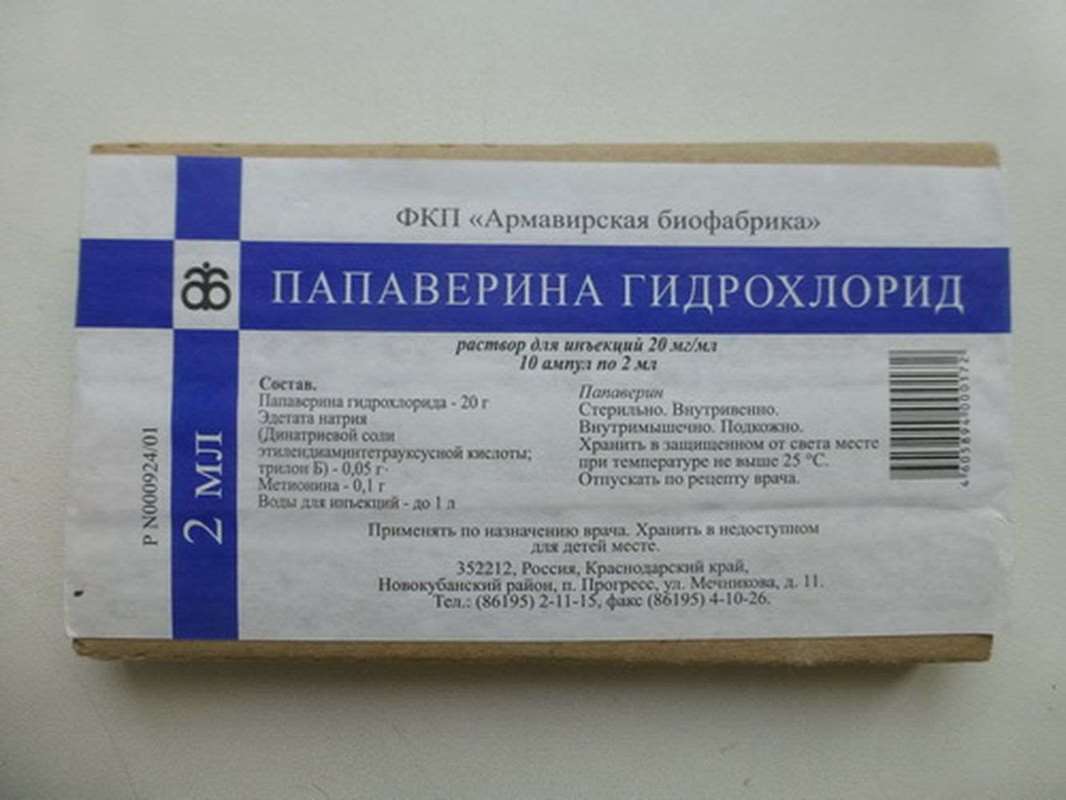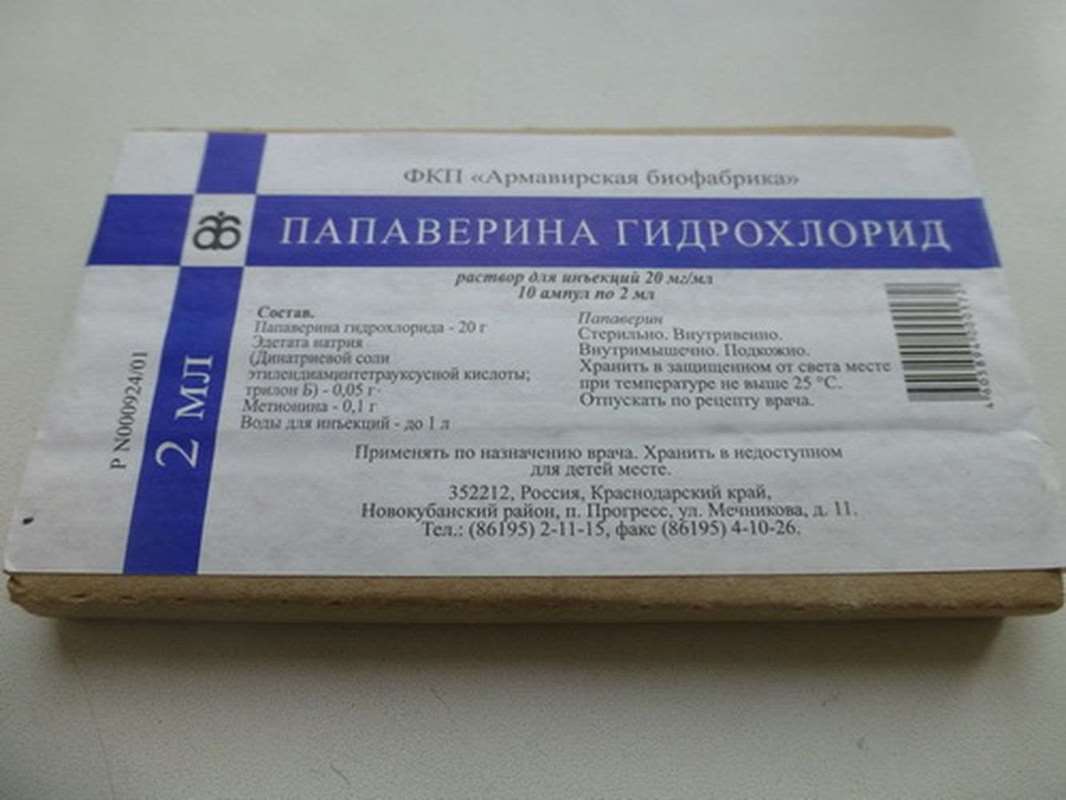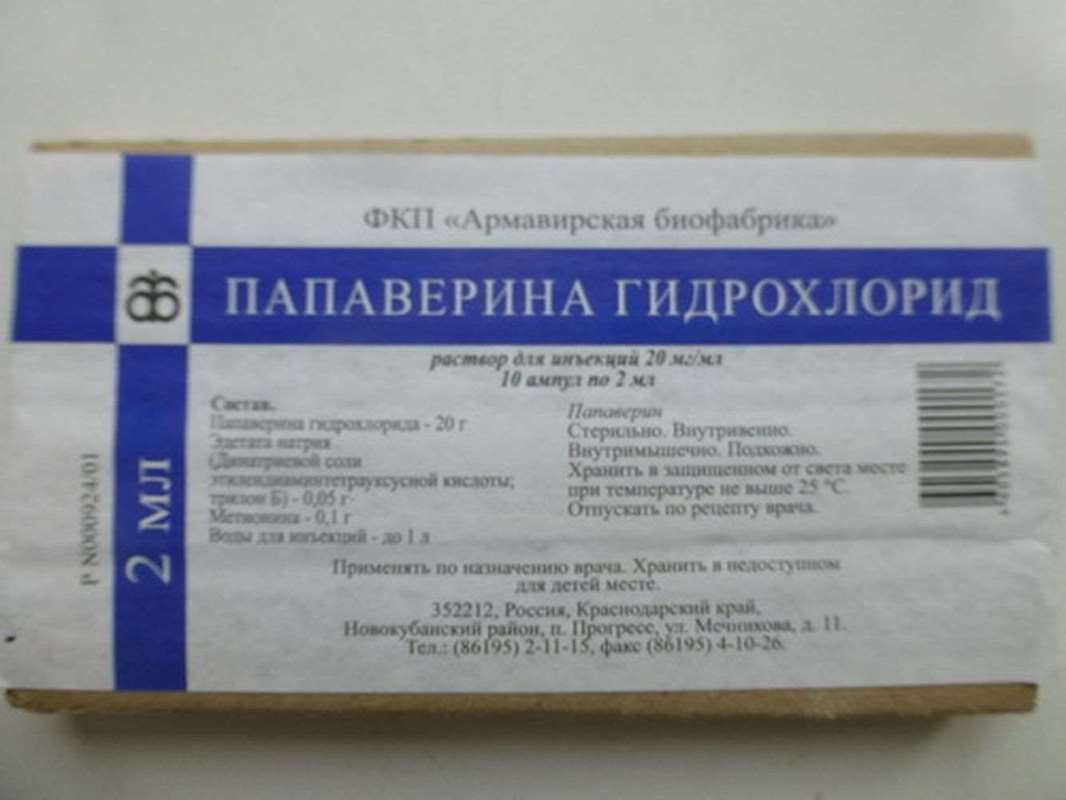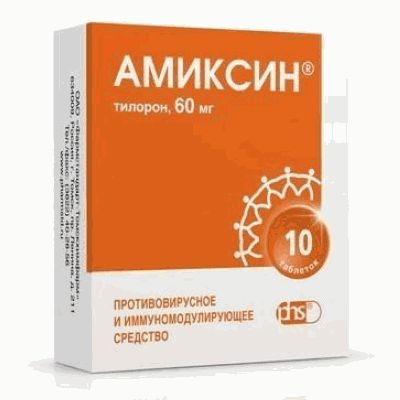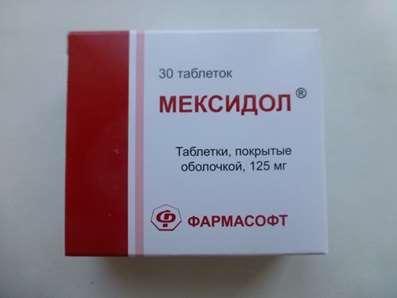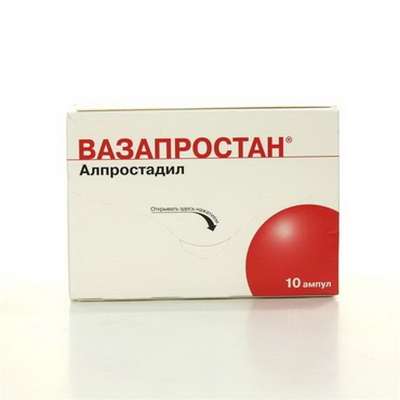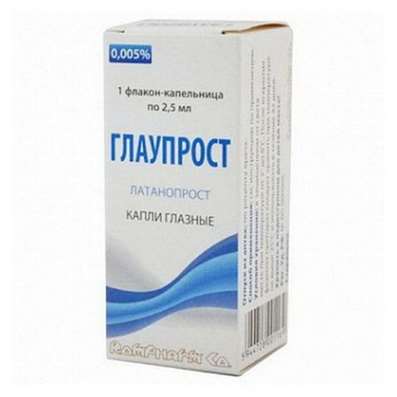Papaverine hydrochloride - antispasmodic, hypotensive.
Papaverine has hypotensive and antispasmodic action.
The mechanism of action is associated with papaverine ability to block the activity of phosphodiesterase type IV. Blockade of the enzyme results in termination of the hydrolysis and increased cAMP concentration in the cells, vascular smooth muscle, internal organs. cAMP restricts the flow of calcium ions into the cell and inactivates muscle myosin light chain kinase - contractile protein that provides contraction of the muscle.
Papaverine reduces the tone and relaxes the smooth muscles of internal organs (gastrointestinal tract, respiratory tract, genitourinary system) and vessels. Papaverine extends predominantly arterial vessels and increases blood flow, including cerebral.
Pharmacokinetics
After subcutaneous and intramuscular rapidly and completely absorbed. A therapeutically effective drug concentration in plasma is 0.2-2.0 ug / ml. Repeated use of the drug does not change the pharmacokinetics.
Associated with the plasma protein by 90%. Easily it passes through the blood-tissue barriers. In the liver and adipose tissue depot forms. Treated biotransformation in the liver. Elimination half (t½) of papaverine is 0.5-2.0 hours. Displays in the form of metabolites in the urine, small amounts (less than 0.5%) in an unchanged form.
Indications:
- The prevention and relief of spasms of smooth muscles of internal organs with cholecystitis, spastic colitis, pilorospazme;
- Relief of biliary and renal colic;
- The treatment of erectile dysfunction of vascular genesis;
- Treatment of obliterating endarteritis, spasms of cerebral vessels and extremities (in the complex therapy).
Contraindications:
- Children up to age 1 year;
- Respiratory depression or coma;
- AV-block;
- Hypersensitivity to papaverine;
- Glaucoma;
- Age over 75 years (the risk of hyperthermia);
- Peyronie's disease (for intracavernous injection).
Suggested Use:
Inside, adults - 40-60 mg 3-4 times a day. The highest single dose - 0.2 g; daily - 0,6 g Children from 6 months to 14 years - 5-20 mg (depending on age).
N / k / m - 1-2 ml of 2% solution (20-40 mg) 2-4 times a day; w / w, slowly - 1 ml (20 mg) c preliminary dilution of 2% solution in 10-20 ml of isotonic sodium chloride solution.
Rectal, 1-2 supp. (20-40 mg) 2-3 times a day (for adults).
Packaging:
- Comes in original packaging. Item is brand new and unopened.
Storage:
- Keep away from direct sunlight.
- Keep locked and away from children.
- Store in dry place at room temperature.
- Do not exceed storage temperature higher than 25 C
Important notice- the outer box design may vary before prior notice!

 Cart
Cart
